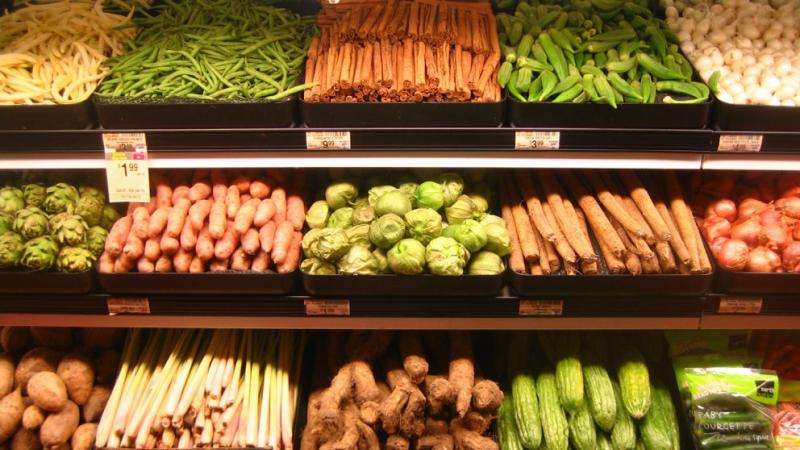Money, not access, key to resident food choices in 'food deserts'

A new study from North Carolina State University and Campbell University finds that, while access to healthy foods is a significant challenge, the biggest variable limiting diet choices in so-called "food deserts" is limited financial resources.
Food deserts are areas that are far from supermarkets, which typically have a greater variety of nutritious foods at lower prices than those found in the corner stores more common in food deserts.
"There's been a lot of attention to food deserts in urban areas, and how those deserts may affect public health – but little attention has been paid to how the people who actually live in those areas feel they've been affected," says Sarah Bowen, an associate professor of sociology and co-author of a paper describing the work. "We wanted to get input from the residents themselves."
The researchers took a two-pronged approach to addressing the issue.
They conducted an assessment of a neighborhood in Raleigh, N.C., that the USDA has defined as a food desert. As part of a class, undergraduates mapped and surveyed all of the stores in the neighborhood, as well as the four nearest supermarkets.
They found that, while supermarkets offered a wide range of fruits and vegetables, neighborhood stores offered little or no fresh produce. What's more, staple foods and healthier options that were available in the neighborhood cost, on average, 25 percent more than they did at supermarkets.
The researchers also conducted in-depth interviews with 42 neighborhood residents. The interviews focused on food habits, including how people shopped for food.
"We found that price was the most important factor in determining where most people shopped," says Lillian MacNell, an assistant professor of public health at Campbell and lead author of the paper. "So, even though most people lived more than a mile from a supermarket – and half didn't have a car – they still traveled outside of the neighborhood to shop at supermarkets."
"This shouldn't be counter-intuitive, but it does upend a lot of the literature on food deserts, which has assumed that most people simply shop at the nearest store," Bowen says.
However, traveling outside the neighborhood to shop has consequences.
People without cars, for example, often reported taking a bus to reach a supermarket, and then hiring a cab to get home. This increased shopping time and expense.
"And, because stores aren't nearby, many study respondents said they only shop once a month," MacNell says. "Therefore, they can't buy a lot of produce. If they bought more than they could eat in a few days or a week, it would go bad."
Immigrants who participated in the study faced an additional challenge, reporting that they had to spend more time shopping in order to find the specific foods they were looking for.
"This study tells us that access to supermarkets does matter – people reported that they would eat more produce if they could shop more often," Bowen says. "However, access is not the biggest factor affecting what people eat. The biggest factor is that many people simply don't have enough money to spend on food."
"So, while efforts to improve physical access to healthy foods are valuable, they don't address the fundamental challenge of affordability," MacNell says.
More information: Lillian MacNell et al. Black and Latino Urban Food Desert Residents' Perceptions of Their Food Environment and Factors That Influence Food Shopping Decisions, Journal of Hunger & Environmental Nutrition (2017). DOI: 10.1080/19320248.2017.1284025
















